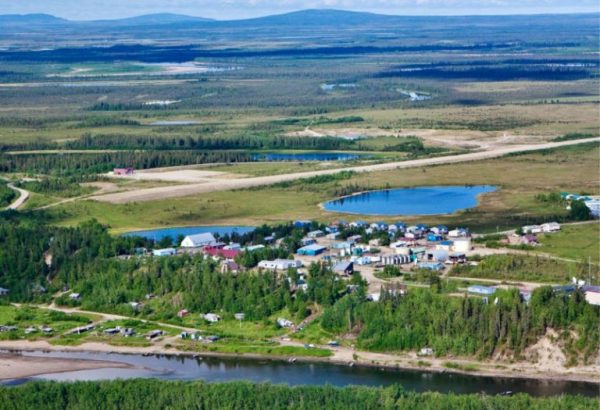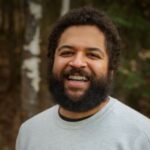
Construction is set to start next spring on a solar battery project in the Northwest Arctic villages of Shungnak and Kobuk. It’s the latest renewable project for a region routinely struck by high energy costs.
It’s always been expensive to provide energy to rural Alaska. With most communities not falling on the road system, locals are forced to barge and fly in diesel fuel to power generators. There is a state program that reduces energy costs but with the state’s budget crisis, it’s unknown how long that program will be around.
Edwin Bifelt said even with state support, energy in rural Alaska remains pricey.
“Even with Power Cost Equalization, people see rates anywhere from 20 cents up to 40 to 50 cents a kilowatt-hour, which is four or five times the national average,” Bifelt said.
Bifelt, who grew up in the village of Huslia, is the founder and CEO of Alaska Native Renewable Industries. The company specializes in providing renewable energy to rural Alaska communities.
ANRI wrapped up the construction of Alaska’s largest rural solar farm in Kotzebue earlier this year, a 576-kilowatt project with more than 1,400 solar panels. Combined with the local electric co-op’s wind turbines, it’s estimated that Kotzebue is about 50% powered by renewable energy.
Now, ANRI is contracted with the Northwest Arctic Borough for just over $2.1 million to construct similar arrays in the villages of Shungnak and Kobuk, the easternmost communities in the borough. Bifelt said he expects the arrays to lower utility bills in the villages.
“Definitely see a decrease in the amount of diesel fuel that they have to fly in every year, but it’s tough to say right now what end effect it’s going to have for residents in the long run,” Bifelt said.
Kobuk and Shungnak combined have about an eighth the population of Kotzebue. Bifelt said the two new arrays will follow a similar design to the Kotzebue project, but they will be much smaller.
“The tentative design we have is for approximately a 38-kilowatt array in Kobuk and a 186-kilowatt array in Shungnak, I believe,” Bifelt said.
Bifelt said rural energy projects aren’t new to the region, though his company puts an emphasis on hiring locals to help with construction rather than fly up workers from larger cities.
“Just to provide some temporary jobs, provide some new skills for people within the community relating to renewable energy, and giving them education and experience with solar,” Bifelt said.
Construction of the solar arrays should wrap up by summer next year.
Moving forward, Bifelt anticipates rural renewable energy will be more important as lawmakers struggle with funding Power Cost Equalization. In 2019, a procedural delay in the legislature held up those funds, and there have been proposals from Gov. Mike Dunleavy and more conservative lawmakers to use funds from the program to help balance the state’s deficit.
Bifelt said the uncertainty over PCE should worry rural Alaskans.
“I guess it’s something we don’t think about enough, just because it’s been around the past 30-plus years,” Bifelt said. “But who knows if it’ll be there the next 10, 15 years, and then what situation communities be in at that point.”
Without PCE, Bifelt said rural Alaska residents could end up paying double for their energy costs.
Over the next decade, he said investing in solar, wind and hydroelectric power could save rural communities from potentially drastic hikes in energy bills. The more positive impact to the environment from these renewable resources is a bonus.
Wesley Early covers Anchorage life and city politics for Alaska Public Media. Reach him at wearly@alaskapublic.org and follow him on X at @wesley_early. Read more about Wesley here.





